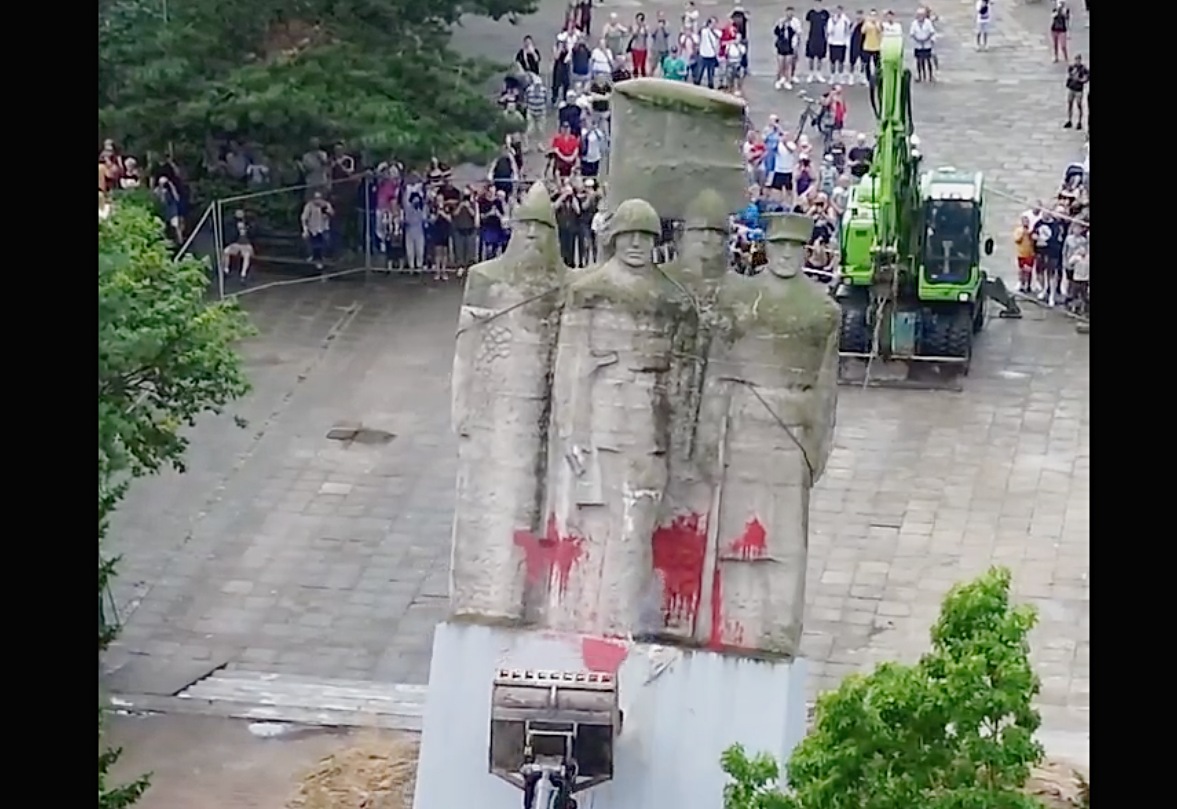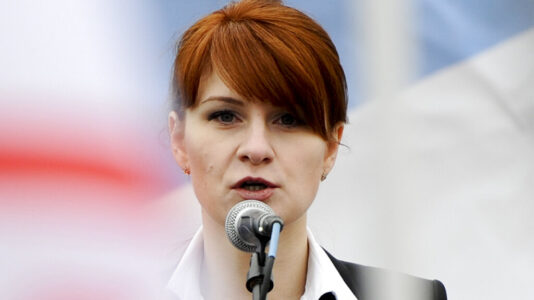The city of Nowogard in north-central Poland witnessed the demolition of a Soviet monument that had adorned its center for nearly half a century. Known as the “Brotherhood of Arms,” the statue was a polarizing symbol of the past, provoking mixed feelings among the town’s residents.
“This is a brotherhood of arms that does not take into account the nearly 200,000 lives of Poles murdered as a result of the NKVD’s anti-Polish operations,” said Dr. Karol Nawrocki, president of the Institute of National Remembrance (IPN).
Erected on Nov. 7, 1972, to commemorate the 55th anniversary of the so-called October Revolution and the 50th anniversary of the Soviet Union’s creation, it stood as a stark reminder of the harsh Soviet imprint on Polish soil, argued Dr. Nawrocki.
The decision to dismantle the monument came under the new mayor, Michał Wiatr, elected in April, who says he is keen to transform Nowogard into a modern and resident-friendly city. This action followed several years of efforts by the IPN, despite the previous mayor’s opposition. The monument’s fall was met with cheers and cries of “Down with communism!” from the gathered crowd, symbolizing a pivotal moment in the city’s history.
The removal of this monument is part of a broader initiative across Poland, particularly in the Szczecin region, to address relics from the Soviet era.
“Monuments with the most significant propagandistic impact still exist, like one in Międzyzdroje. For instance, in Pyrzyce, something extraordinary was done: The inscription ‘God, Honor, Homeland’ was added to a monument featuring a Soviet soldier, which is an insult and affront to all those who fought under these words for a free and independent Poland,” emphasized Krzysztof Męciński, director of the IPN in Szczecin.
According to estimates by the Institute, about 20 such monuments remain throughout Poland.






